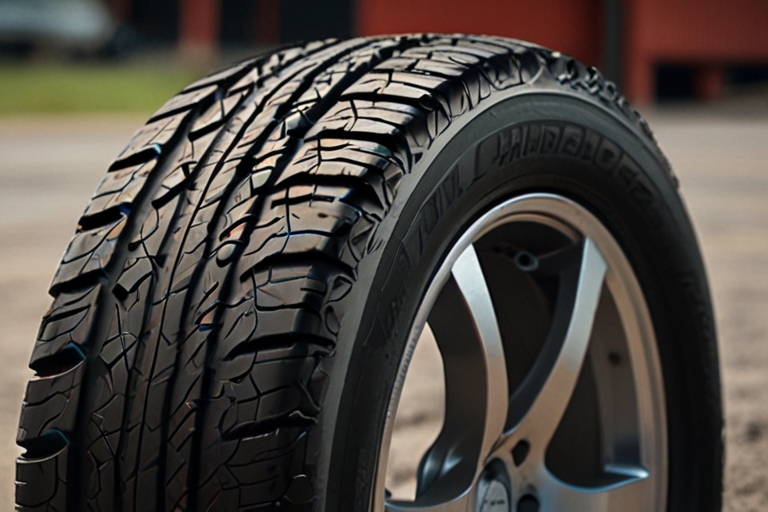Tire replacement is another essential maintenance practice that should be undertaken to enhance safety and durability of vehicles as they are in motion. But on the other hand the question arises as to how often the tires are required to be changed and that too is depends on various factors such as road and driving conditions and even on the type of wear indicators.
On average, most experts suggest changing tires between 6 to 10 years depending on use and visible tread levels. Easily oxidized, waxes – as well as other components of the rubber compound – deteriorate when exposed to the sun’s UV light and high temperatures, causing tires to lose their performance potential and even become dangerous.
Another important element of tire maintenance is to visually monitor tread depth to decide on the ultimate replacement of tires. Most states however, allow tires with treads of as low as 2/32 of an inch, some even lower.
However, varying driving habits as well as road conditions contributes to tire wear. Driving in an overly aggressive manner, inconsistent braking, or driving on road surfaces that are poorly managed or have inadequate durability also increases the wear speed and wears the tires faster.
Proper IATI management entails tire pressure, alignment, and rotation to increase tire lifespan and even out wear patterns. Checking for tire damage and ensuring that the tires maintain the right pressure is also important as cracking, bulging, or puncture tires are often signs of wear and need immediate replacement.
In conclusion, it is crucial to adhere to the manufacturer’s guidelines and seek advice from an experienced automotive mechanic to identify the appropriate replacement cycle for a tire based on potential use cases and driving scenarios. Taking action to keep track of tires is therefore crucial toward achieving safety and performance as well as sustaining tires for longer use.

